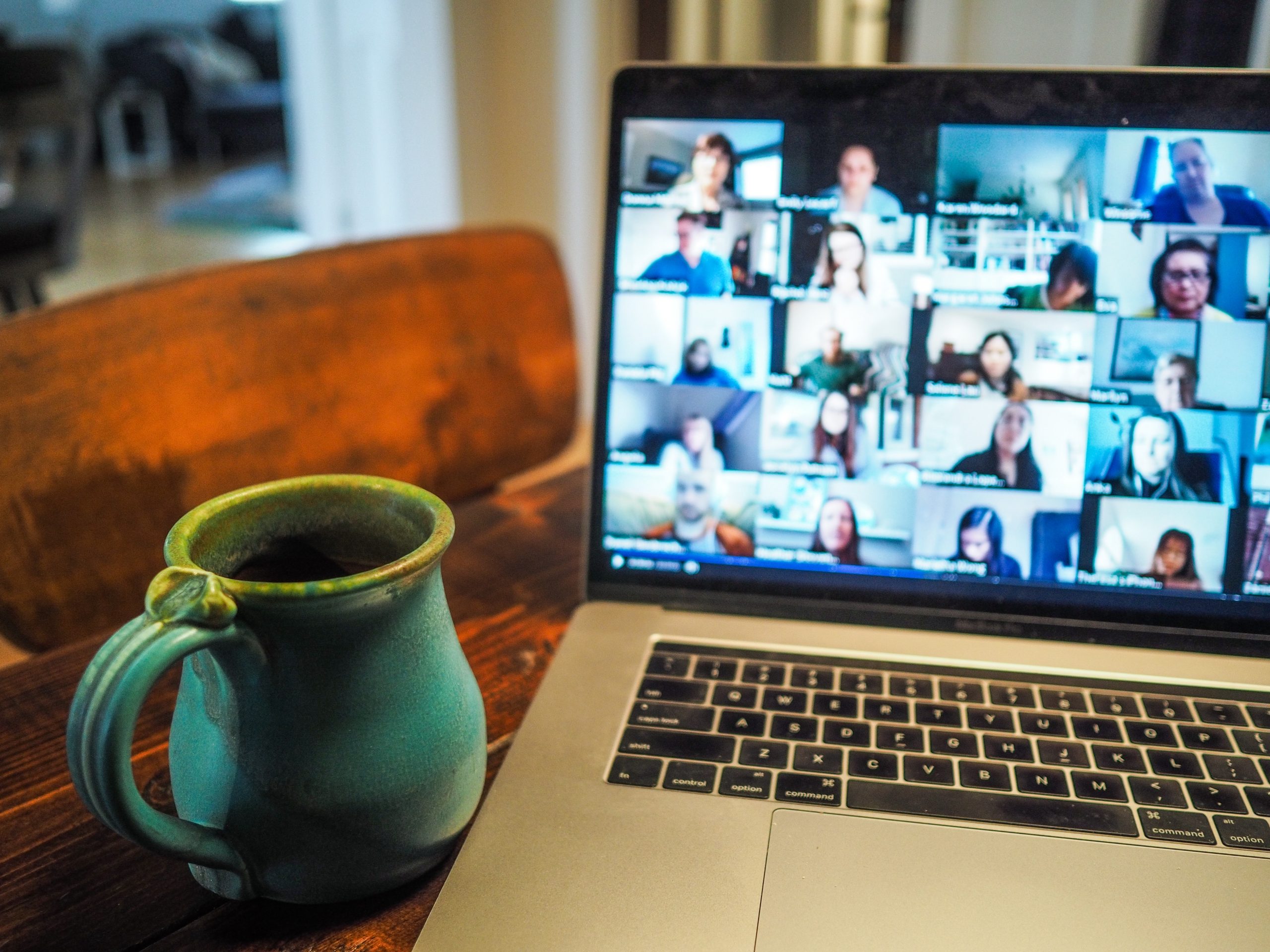With the world of work ever-evolving, platforms like Zoom have taken the professional world by storm. Even in a post-pandemic world, Zoom and similar video conferencing systems will remain prevalent.
According to several sources, as many as 65% of companies and organizations will continue to operate at least partially remote, meaning the necessity for video conference calls and meetings will remain. In light of that revelation, let’s look at the dos and don’ts for video meetings, and how we can use these digital platforms as efficiently as possible.
Create a good video area
An important aspect of remote work is setting up a good area for video calls. This may be at your work desk, but it could also be a different space––one that is comfortable or has an aesthetically-pleasing background.
Avoid conducting video meetings in a space where your background is cluttered—it not only has the potential to reflect poorly on you, the miscellaneous items will also distract others on the call. In addition to decluttering, make sure your lighting source is stable and not behind you. Otherwise, it will make it difficult to see your face during the call.
Dress appropriately
Listen, there’s something to be said for not having to get dressed up every day for work and instead, getting a few extra minutes of sleep before putting on your slippers and heading to your desk. However, if you are scheduled to be in video meetings that day, be sure to dress as if you were holding the meeting in person at the office. It will present much better, and you may find that you are more attentive and alert during the meeting. No pajamas!
Be prepared
This may seem obvious, but test out the meeting link beforehand. Make sure it is correct and that all of the participants who need to be in attendance have been invited and meeting details. It’s slightly embarrassing to be fielding multiple requests minutes before the meeting from people who didn’t receive the proper information ahead of time.
Another tip is to show up to the meeting between five and seven minutes early if you are the host and two to three minutes early if you are a participant—especially if you are dialing in via phone as opposed to using computer audio—as it will take an extra minute or so to get situated. You should be ready and dialed in before the meeting officially begins.
Don’t multitask during the meeting
It’s something most of us are guilty of—checking something quickly while someone else is talking during a Zoom meeting. Multitasking is a myth because our brains can’t perform two functions at once. On top of that, you should be making eye contact, listening attentively, and weighing in when necessary.
Another form of multitasking is eating during a call. While our days have been filled with Zoom meetings that can often cut into our standard lunch hour, try to refrain from eating on camera. If you are able, schedule your lunch on your calendar to avoid feeling like you need to eat during the meeting or conference call.
Use the chat feature or raise hand button
Zoom meetings make it difficult not to talk over someone else. Without being in the same room and seeing nonverbal cues or body language, it can be hard to jump in with a comment or question. Use the group chat or raise hand button to let the host know that you have an idea or comment. Many good ideas have been left unsaid due to awkward silences or talking over others on video calls.
Overall, these video conferencing tools have opened the door to remote work and ease of communication. But without setting a list of best practices, these meetings can render themselves unproductive and inefficient.
At its best, video conferencing platforms allow for greater freedom for individuals to live or work from anywhere while remaining connected to their teams and organizations. Go forth and use these tips and tricks to help your video meetings be productive, creative, and (mostly) distraction-free.

